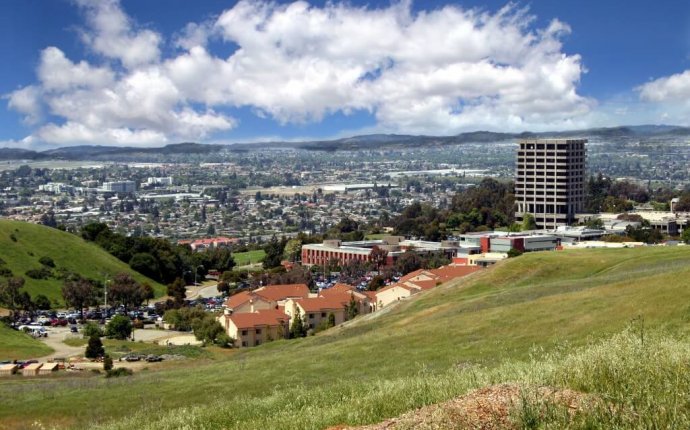
What is the oldest College in California?
HIGHER education in the state got its start in the Gold Rush era, when Jesuits and Methodists both established institutions in the Northern California town of Santa Clara.
And 155 years later, it's still unclear which group should be deemed the founders of the first college in California. It depends on one's definition of "first."
Although California Wesleyan College received its charter from the state in 1851, Santa Clara University considers itself the first institution of higher learning in California because it was the first to begin teaching students that year.
Wesleyan, which was founded by Methodists but is now a private liberal arts college in Stockton known as University of the Pacific, didn't take in its first class until 1852.
Santa Clara received its charter in 1855. Founded by the Society of Jesus next to the Mission Santa Clara de Asis, the school opened its doors as Santa Clara College, an all-male prep school with a little more than a dozen students, two faculty members, a cook and - as campus historian George Giacomini put it - a "proper matron for the boys."
Although California's 1849 Constitution called on the Legislature to "provide effectual means" to create a public university, it took almost two decades to establish the University of California in Berkeley in 1868.
Santa Clara offered collegiate courses in 1853 and became the University of Santa Clara in 1912, when it separated its high school program from the university. In 1926, the university opened the Leavey School of Business, which became one of the first business schools in the country to receive national accreditation.
Wesleyan moved to San Jose in 1871 and changed its name to the College of the Pacific in 1911. It moved to Stockton in 1923 and became the University of the Pacific in 1961.
Each college also boasts of being the first in California to become coeducational. Again, the difference lies in the details.
Pacific's website boasts that it became "the state's first coeducational campus" when it moved to San Jose, though university spokeswoman Lauren Hersh said the school was actually the first "independent" coed campus in the state. She said there may have been a church-affiliated college before 1871 that had coed classes.
In 1961, Santa Clara became the first Catholic university in the state to enroll women. The school had taken an early step toward a coeducational campus four years earlier when it allowed women to take one-year liberal arts courses. As The Times reported, "Students of the former all-male Jesuit school promptly trotted out signs demanding 'We want dances.' "
The incoming sparked a big boom on campus - the student enrollment tripled over the next decade. Known as Santa Clara University since 1985, it now has about 8, 500 students, including about 3, 600 graduate students.
The school's enrollment continues to grow more than officials have anticipated, with about 1, 500 freshmen expected this fall, about 200 more than usual. "I think we have to watch the enrollment because we don't want to go beyond 5, 000" undergraduates, Giacomini said. "You start to lose yourself after a while."
The incoming Broncos will join the family of an alumni group whose notables include Arizona Gov. Janet Napolitano, actor Shemar Moore of "The Young and the Restless" and two-time NBA most valuable player Steve Nash.
Pacific has about 6, 200 students, including 3, 500 undergraduates, spread among its Stockton campus, its law school in Sacramento and dental school in San Francisco.
Notable alumni include Hawaii Lt. Gov. James Aiona, Golden Globe award-winning actress Jamie Lee Curtis and jazz great Dave Brubeck, who founded the Brubeck Institute at his alma mater.
And though it doesn't boast a California mission, Pacific's campus is "a really cool-looking school, " Hersh said. "We look like Princeton."
Pacific severed its ties to the Methodist Church in 1969 because of concern that students would have difficulty obtaining federal grants.
Despite the ongoing debate about which came first, both Hersh and Giacomini said the schools don't have much of a rivalry.
But the schools' websites tell a slightly different story.
In its "Pioneering Firsts" section, Pacific's site says - up top in bold black letters - that it is "California's first chartered institution of higher education."














